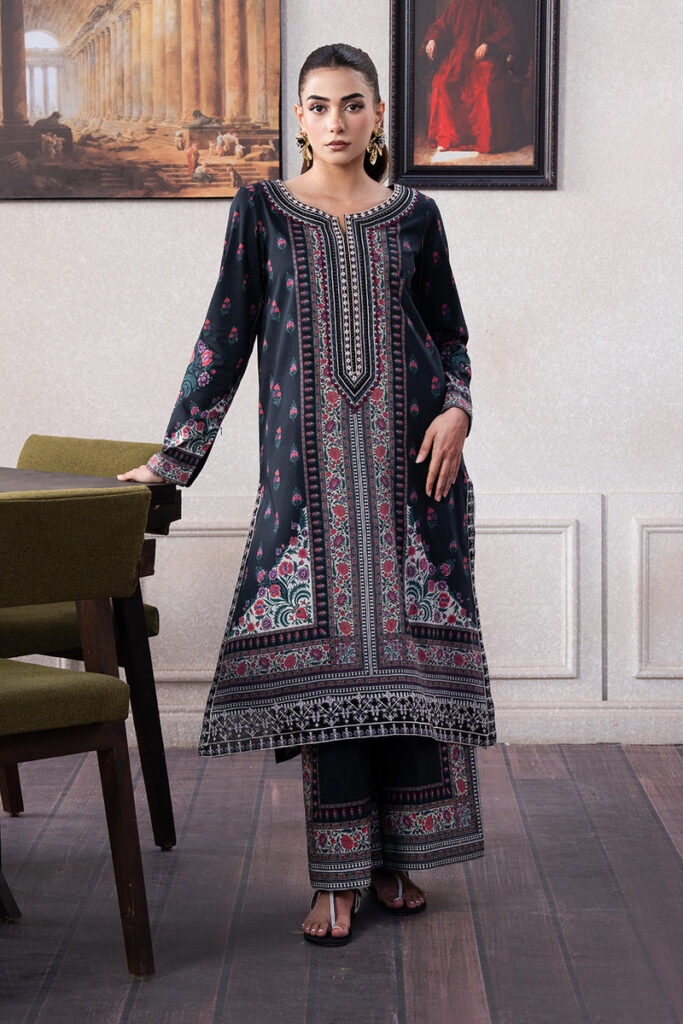Weddings are more than ceremonies; they are a tapestry of emotions, traditions, and unforgettable moments. When set against the backdrop of a stunning destination, a wedding becomes a celebration that transcends the ordinary. Destination wedding photography plays a vital role in documenting this grandeur, capturing memories not just through poses but through experiences.
In an era where couples seek unique and meaningful ways to say “I do,” destination weddings have gained immense popularity. From majestic forts to sandy beaches, these dream venues are perfectly complemented by photographers who know how to bring their magic to life through the lens.
In this guide, we’ll explore everything you need to know about destination wedding photography—from preparation and creative ideas to choosing the right photographer, styles, and current trends.
What is Destination Wedding Photography?

Destination wedding photography refers to the specialized art of photographing weddings that take place in a location away from the couple’s hometown. These could be serene mountains, historical palaces, tropical islands, or rustic countryside villas.
This style of photography is not just about covering the wedding day—it often includes:
-
Pre-wedding and post-wedding sessions
-
Candid moments during travel and events
-
Cultural and scenic storytelling through images
-
Venue and décor details that add to the story
It’s an immersive photographic experience that brings together travel, culture, love, and emotion.
Why Destination Wedding Photography Matters
A destination wedding is a once-in-a-lifetime experience. Here’s why having the right photography matters:
1. Capturing Natural Emotions in Unfamiliar Beauty
When couples are surrounded by beauty and away from the regular hustle, their emotions shine brighter. A skilled destination photographer captures those candid, unscripted moments of joy, laughter, and connection.
2. Creating a Visual Narrative
From the moment you land at the location to the final farewell, destination wedding photography captures the entire journey. It’s more than portraits—it’s a complete love story.
3. Showcasing Culture and Scenery
Whether it’s a traditional ceremony in Rajasthan or a beach wedding in the Maldives, the surroundings play a crucial role. Destination photographers blend local culture with your unique love story.
4. Timeless Keepsakes
Unlike a regular photo album, a destination wedding album feels like a storybook—each image carries emotion, place, and purpose.
How Destination Wedding Photography Differs From Traditional Photography
While traditional photography focuses largely on the ceremony and reception, destination wedding photography involves:
-
Travel and logistics management
-
Adaptability to weather, light, and terrain
-
Multiple-day coverage
-
Location-based creativity
-
Local cultural integration
Photographers need to be explorers as well as artists—ready to shoot at golden hour on a cliff or navigate narrow cobbled streets for that perfect frame.
Best Locations for Destination Wedding Photography
Certain destinations naturally elevate the visual charm of wedding photography. Here are a few stunning options:
1. Jaipur & Udaipur, India
Home to majestic palaces, vibrant markets, and lakeside settings—perfect for royal-themed weddings.
2. Santorini, Greece
Iconic white architecture with Aegean blue backdrops. Romance and elegance in every shot.
3. Tuscany, Italy
Rolling vineyards, old-world architecture, and a timeless countryside charm.
4. Bali, Indonesia
Lush greenery, temples, waterfalls, and sandy beaches make it a versatile destination.
5. Amalfi Coast, Italy
Cliffside villages and pastel buildings with sweeping ocean views provide dreamlike photo opportunities.
Planning for Destination Wedding Photography
Smooth planning ensures that your photographs are as magical as your memories. Here’s how to prepare:
1. Choose a Photographer Who Understands Travel
Not all wedding photographers are equipped to handle international or long-distance shoots. Choose someone with a portfolio of destination work.
2. Share a Complete Event Schedule
Give your photographer detailed timelines for all events: mehendi, sangeet, ceremony, after-party, etc. This helps them prepare their shots and gear.
3. Scout Key Locations in Advance
If possible, arrive a day or two early with the photographer to scout locations for pre-wedding and couple shoots.
4. Prepare for Weather and Lighting
A seasoned photographer will know how to work with natural light. Still, be prepared for sudden changes—especially in tropical or mountainous areas.
Styles of Destination Wedding Photography
Understanding photography styles helps you choose what resonates most with your vision:
1. Candid Photography
Focuses on natural, unposed moments. Ideal for capturing raw emotion.
2. Editorial or Fashion-Inspired
Highly stylized and polished shots that look like they belong in a magazine.
3. Fine Art Photography
Soft tones, light, and composition-driven photography that feels timeless and elegant.
4. Documentary or Photojournalistic
Tells the story of the wedding as it happens—real, emotional, and authentic.
5. Traditional Photography
Classic portraits of the couple and group shots, ensuring every family member is covered.
Most destination wedding photographers blend styles to create a holistic album.
Pre-Wedding and Post-Wedding Shoots
A key benefit of destination weddings is the opportunity to have extra shoots in stunning locations:
Pre-Wedding Shoot Ideas:
-
Walking hand-in-hand through local markets
-
Rooftop romance with a sunset view
-
Traditional attire against cultural architecture
-
Beach sessions with flowing outfitsPost-Wedding Shoot Ideas:
-
Casual portraits exploring the city
-
Morning-after brunch scenes
-
Scenic honeymoon-style captures
These extra sessions help create a full visual narrative.
Tips for a Memorable Destination Wedding Photoshoot
Here are some practical and creative tips to ensure your destination wedding photos are unforgettable:
-
Golden Hour is Key: Schedule your main portraits around sunrise or sunset for that soft, magical light.
-
Be Natural: Don’t force poses. Trust your photographer to guide you through authentic moments.
-
Incorporate Local Culture: Include local elements like architecture, fabrics, or even traditions in your shoot.
-
Pack Wisely: Include extra outfits, comfortable shoes, and accessories that suit the location.
-
Plan Buffer Time: Allow breaks for travel, rest, and spontaneous moments.
Common Challenges and How to Overcome Them
Even dream weddings come with challenges. Here’s how photographers navigate them:
Unpredictable Weather
Experienced photographers carry weather-resistant gear and adapt quickly to indoor or covered locations.
Cultural Barriers
Working with a photographer familiar with the destination helps avoid misunderstandings and ensures respectful storytelling.
Jet Lag or Time Constraints
Photographers often arrive early to adapt, scout, and set up without feeling rushed.
Permits or Restrictions
Some destinations require shooting permits, especially at heritage or public sites. Planning in advance solves this smoothly.
Current Trends in Destination Wedding Photography
The industry is constantly evolving. Here are the hottest trends couples love:
Drone Photography
Offers sweeping aerial shots of the venue and couple—especially dramatic in coastal or mountainous areas.
Cinematic Highlight Reels
Short, edited video clips that feel like a movie trailer for your wedding.
Instant Photo Booths
Not just fun, but they also create candid memories guests can take home.
Storytelling Albums
Albums are now designed like books—with captions, chapters, and narratives instead of just standalone photos.
Social Media Teasers
Quick, edited previews shared within 24–48 hours for instant sharing.
Why You Should Choose a Specialist Destination Wedding Photographer
Not every great photographer is equipped for a destination wedding. Specialists offer:
-
Expertise in travel planning
-
Adaptability in new environments
-
Quick-thinking under unfamiliar conditions
-
Cultural sensitivity
-
Location-specific creativity
They’re storytellers who know how to blend your love with the soul of a place.
How to Collaborate With Your Photographer
The best results come from clear communication. Here’s how to work seamlessly:
-
Discuss Expectations Clearly: Share inspiration boards, favorite styles, and must-have shots.
-
Have a Pre-Wedding Meeting: Go over timelines, themes, and any special rituals or customs.
-
Be Open to Ideas: Photographers may suggest impromptu shoots based on lighting or location.
-
Build a Connection: A comfortable relationship leads to natural, joyful expressions in photos.
Sustainable Destination Wedding Photography
More couples are now considering their environmental impact. Here’s how photography can align with those values:
-
Choose local artisans or photographers
-
Opt for digital albums to reduce material use
-
Minimize gear and props
-
Respect local customs and nature during shoots
Sustainable choices create mindful memories.
Final Thoughts: Creating Timeless Memories Across Continents
Your wedding is a reflection of your journey together. Choosing a destination setting amplifies the romance, the uniqueness, and the magic of your love story. But without powerful, heartfelt photography, even the most beautiful moments can fade from memory.
Destination wedding photography is not just about camera settings and poses. It’s about capturing energy, movement, and soul. It’s about preserving the way your partner looked at you against the ocean breeze, the emotion in your parents’ eyes under ancient trees, or the joy of friends dancing in a desert palace.









